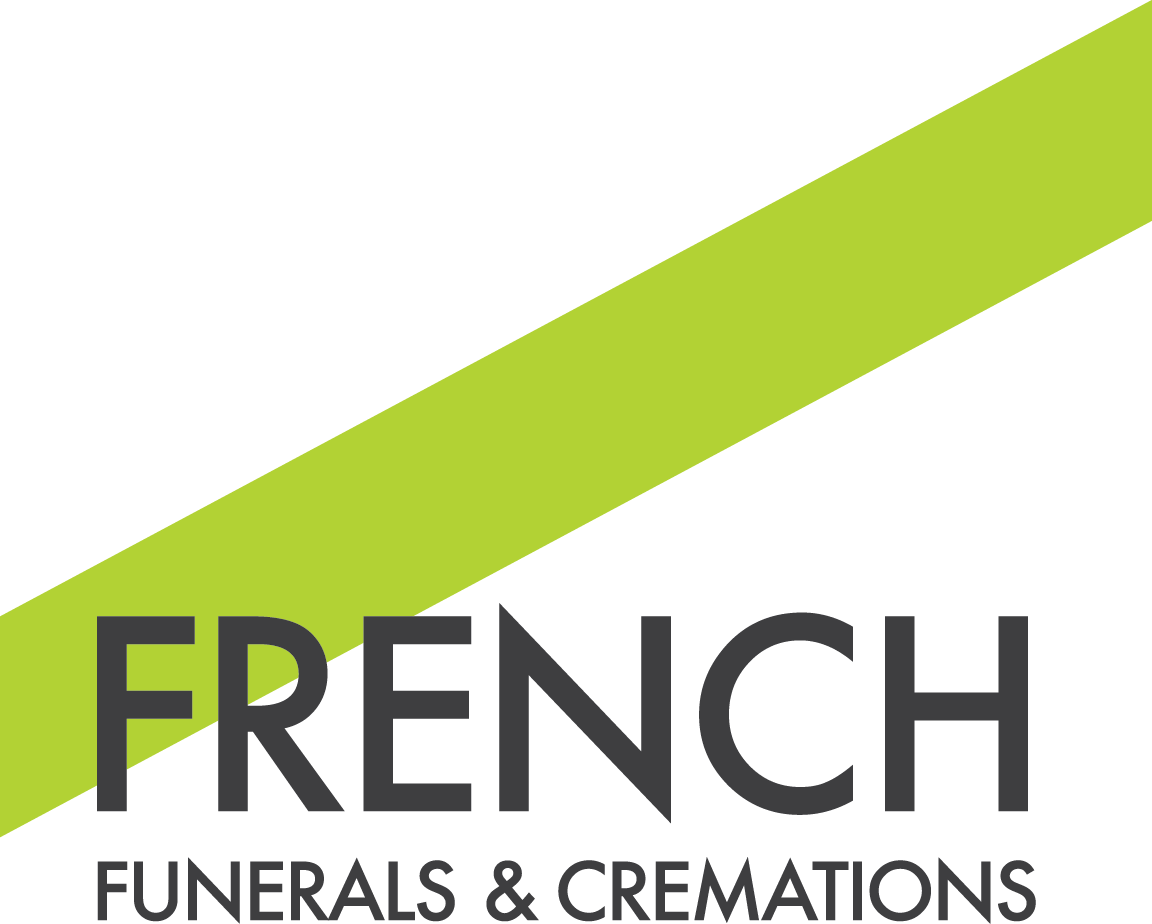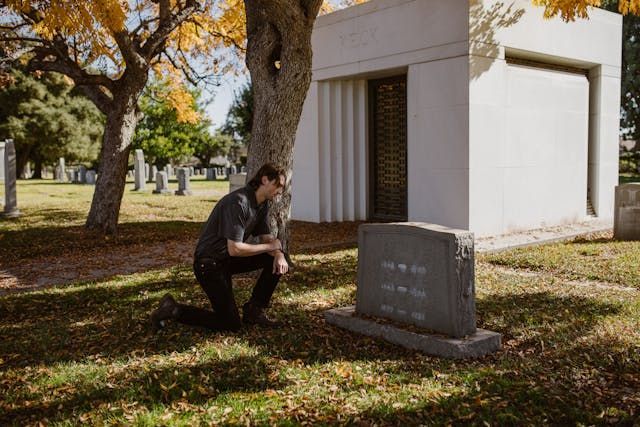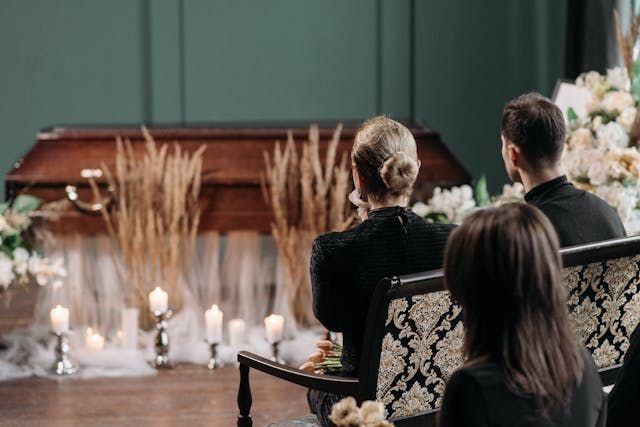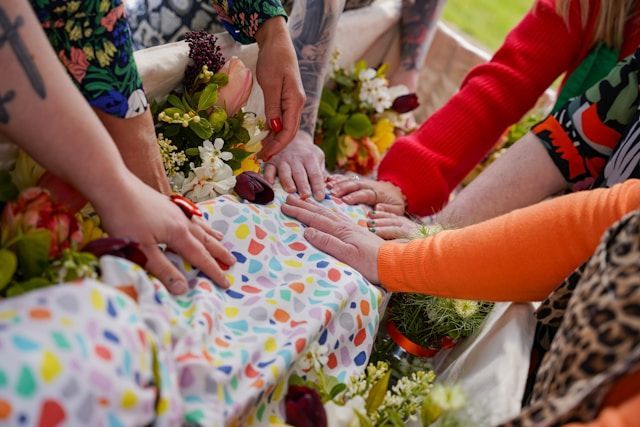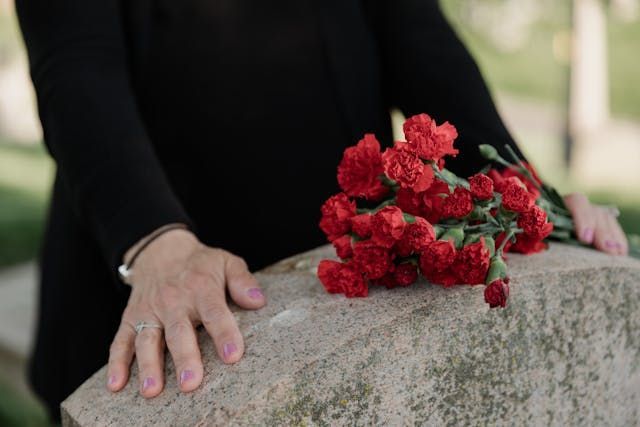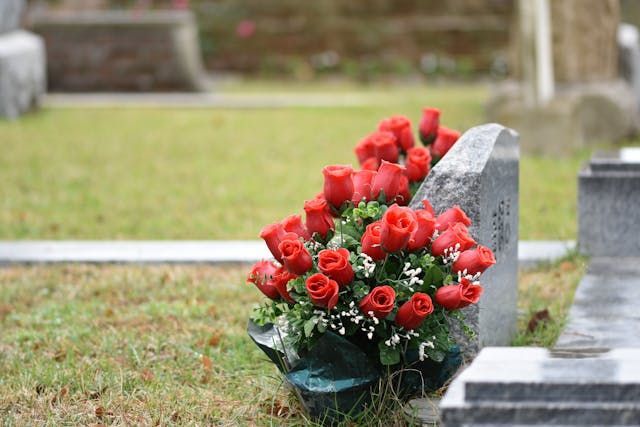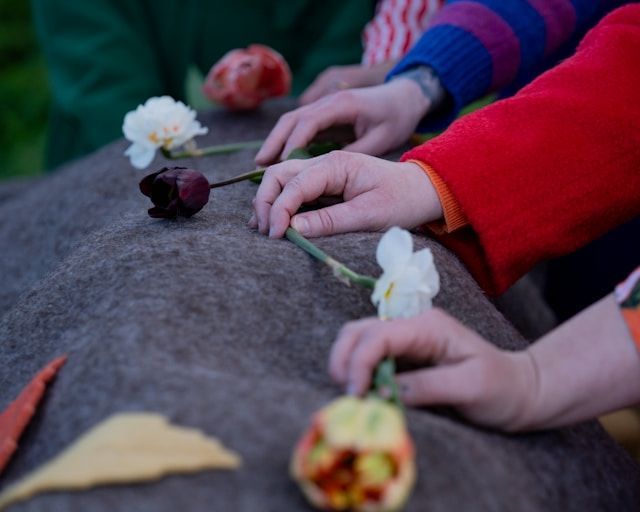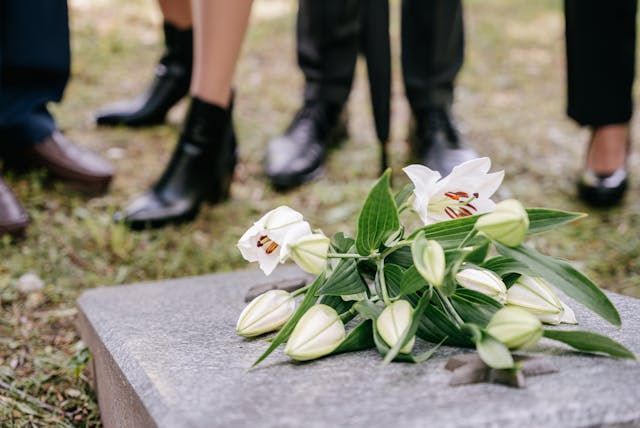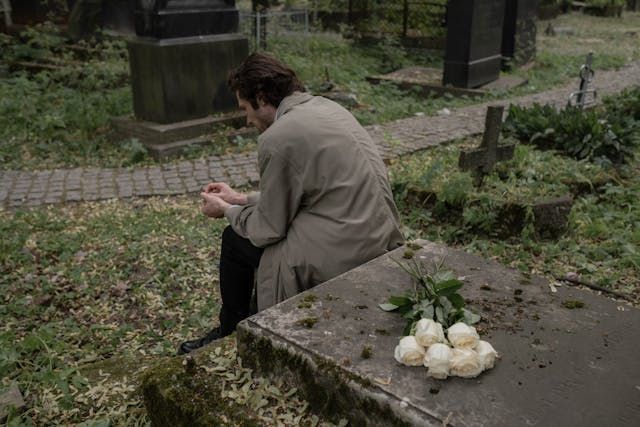Cremation: What to Expect
August 1, 2023
Cremation: What to Expect
Unless you’ve experienced the death of a loved one, you’re likely unfamiliar with what actually occurs when a family chooses cremation. At French, we feel that equipping our community with knowledge empowers its families to make decisions that are best for them when the time comes. By learning about what cremation is and our processes, you can decide if it’s the right choice for you and your own family.
WHEN A LOVED ONE DIES
When an individual dies, a funeral home such as French is contacted by either the hospice or medical facility where the individual was a patient or resident, or by the deceased’s family. During that call, the funeral home gathers all the immediately necessary information, such as their personal information, where they are located, the time and date they were officially pronounced dead by a physician or nurse, and who the physician signing the death certificate will be.
Funeral home staff members are immediately dispatched to the location where the individual passed to pick up the deceased for transport. Our staff usually arrives within an hour of the initial call. Prior to arrival, a French team member will reach out to the family to introduce themselves and give an accurate ETA.
TRANSPORTATION OF THE DECEASED
Upon arrival, our staff introduces themselves and informs the family of what will occur next. An electronic ID bracelet is placed on the deceased, and their identity is confirmed by the family. The information is entered into our tracking software. At each point in the process, a note is logged as to their location and destination. At any given point in a person's care, the funeral home and family can know where they are in the process.
We then begin the process of bringing the loved one into our care by placing them on a transfer cot. The family is given a final opportunity to say goodbye from this location. The deceased is then covered with a blanket or sheet and discreetly transported out to a transport vehicle. At French, we prefer to use minivans, as they tend to attract less attention than other industry vehicles do.
ARRIVAL AT THE FUNERAL HOME
The deceased is transported to the funeral home, where they are immediately placed into refrigerated care. At French, this consists of a state-of-the-art, temperature-controlled room. At that time, no further preparations are made.
From there, the funeral director is notified that their loved one is in our care and will contact the family. During that call, the family may or may not have specific requests. If the family plans to cremate but also requests services that would normally require embalming, such as a traditional funeral or viewing, or the family is unsure and needs time to think about it, permission to embalm is asked for at that time.
Shortly afterward, the loved one is removed of any bandages or hospital equipment left on their body. Their eyes and mouths are closed, they are bathed and cleaned, and groomed following the family’s directions. They are then placed back into refrigerated care.
MAKING FINAL ARRANGEMENTS
After the deceased has been taken into our care, the family will meet with the funeral director to discuss options regarding cremation and final arrangements. If a viewing or traditional funeral is requested, the family is asked to bring in specific clothing and accessories to dress their loved one in. The family will also choose a cremation casket or container at this time after being guided through the choices that are available for their individual needs. The main purpose of this container is to respectfully enclose the loved one’s body. If viewing is planned, the family will view them in the container or casket selected. The container also allows the deceased to be transported privately to the crematory, and to be placed into the machine safely and in a dignified manner. French sources our cremation caskets and containers locally through various manufacturers who maintain warehouses here in Albuquerque. The styles and materials range widely and we help families find one that fits their needs and financial plans.
Urns, like cremation containers and caskets, are designed to hold the body of a loved one. Following cremation, the cremated remains are placed in an urn by the funeral director. A wide range of styles and functions are available. The funeral director will help the family find an urn that best fits their needs.
While resting in the care of the funeral home, the deceased is dressed in a clean hospital gown and blanket. They are then carefully dressed in the clothes the family provided for them, either the day before or the morning of their funeral or service.
VIEWING
Embalming is not required for a viewing. However, embalming is required for certain arrangements, including an extended public visitation or a public funeral in which the community will have an opportunity to say goodbye to the deceased. If the family requests a private family goodbye, up to ten people (outside times of pandemic) are allowed to view the loved one for a 30-minute period. The identity of the deceased is also confirmed at this time.
FINAL IDENTIFICATION
If no formal viewing or Private Family Goodbye is planned before a cremation takes place the family is once again asked to identify their loved one. This happens in person in a small, private room. The deceased is placed in the container or casket that was selected by the family, with a pillow beneath their head. The family signs a document verifying the identity has been confirmed, and the funeral director places an additional bracelet upon their loved one. It has their name and date of birth, which the family member has seen and validated.
From there, the individual typically goes back into refrigerated care, awaiting a cremation permit to be issued from the state of New Mexico, obtained through the Office of the Medical Investigator. This is to ensure that a physician has determined the cause of death and signed a death certificate, meaning no other questions regarding the circumstances or manner of death exist, and the state can confidently authorize a cremation permit.
Once all documentation is secure, a final checkout takes place, in which the funeral home verifies that the identity matches and the identity has been confirmed by the family, and there must be no discrepancies in the individual’s name or date of birth.
In times such as the COVID-19 crisis, in which people are sheltering in place and choosing not to travel, we do accept alternative methods of identity verification, such as a photograph to match with the deceased, provided by the family. In such circumstances, we require multiple licensed staff members to confirm the photograph matches the deceased. If there is no agreement, further identification is required.
CREMATION
Once the identity is confirmed, the deceased is brought to the crematory, where the cremation takes place. The family is notified upon their arrival. If the family chooses to be present during the cremation, the family will gather and can escort their loved one to a special, private crematory. Families also have the option to view their loved one once more and to have pallbearers assist them into the machine and start the process at the direction of a crematory operator. If the cremation is private, the same, dignified steps are taken, just not attended by the family.
Before the cremation takes place, the funeral director confirms the deceased’s identity one more time. The crematory office issues a metallic identification disk with a unique number on it, which is assigned to the loved one’s identity. The disk stays with them inside the retort (cremation furnace) during the cremation process.
When the cremation is complete, the cremated remains are removed and the metallic disk stays with the person along with another paper identification tag. The crematory operator will then complete the processing of the cremated remains by breaking them down to a small size in a special machine. This is the form of “ashes” that people are most familiar with, a powder-like granulated form.
RETURN OF REMAINS
Cremated remains are returned to the family promptly. An appointment is made for an authorized person in the family to come to the funeral home to receive them. For security purposes, we do verify by photo ID that the representative is the authorized person to take custody. The loved one’s remains are placed in a private room so that family members can have a moment of privacy if they choose. Some families may choose to have multiple urns or keepsakes, or jewelry that contains some of the loved one’s ashes. The family may opt for the cremated remains to be buried in the cemetery by the funeral home staff.
A new option for cremated remains is now available at French. Through a partnership with Parting Stone of Santa Fe, New Mexico, families can choose to have their loved one’s remains solidified into “stone” form. The deceased’s remains are returned in the form of 25-35 keepsakes that resemble small river rocks that can be arranged at home by the family.
With any option in which a family is taking custody of the cremated remains, they are given a copy of the permit to travel with the remains, and checked out of French’s care via our electronic tracking system.
We understand that cremation is a monumental event in a family’s life, and French continues to be available for families, even after our services are complete. If you have any questions or concerns about cremation and French’s own services, please do not hesitate to reach out.
